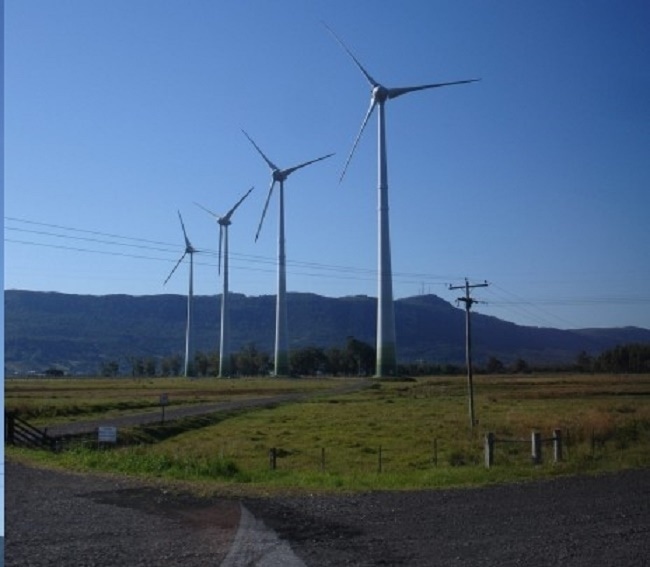Mar 22 2016
A breakthrough method, developed by researchers at Griffith University, uses carbon as a catalyst to produce energy using hydrogen. This is a significant advancement in clean energy production.

Using this method, Professor Xiangdong Yao and his research team from Griffith’s Queensland Micro- and Nanotechnology Centre have been able to replace the expensive platinum catalyst with carbon for hydrogen production from water.
Hydrogen production through an electrochemical process is at the heart of key renewable energy technologies including water splitting and hydrogen fuel cells.
Professor Xiangdong Yao, Micro- and Nanotechnology Centre, Griffith University
Although the subject of intense research, researchers still face challenges in the development of cost-effective, durable, and efficient electrocatalysts to generate hydrogen fuel. The most active and stable electrocatalyst used for this process is platinum, which is a rare and expensive material, limiting its use in large-scale commercial applications.
We have now developed this carbon-based catalyst, which only contains a very small amount of nickel and can completely replace the platinum for efficient and cost-effective hydrogen production from water. In our research, we synthesize a nickel–carbon-based catalyst, from carbonization of metal-organic frameworks, to replace currently best-known platinum-based materials for electrocatalytic hydrogen evolution. This nickel-carbon-based catalyst can be activated to obtain isolated nickel atoms on the graphitic carbon support when applying electrochemical potential, exhibiting highly efficient hydrogen evolution performance and impressive durability.
Professor Xiangdong Yao, Micro- and Nanotechnology Centre, Griffith University
Supporters of a hydrogen economy suggest hydrogen as a promising fuel for cars and boats and on-board auxiliary power, stationary power generation (e.g., for the energy needs of buildings), and as an energy storage medium (e.g., for interconversion from excess electric power generated off-peak).
Professor Yao went on to say that this advancement could open the door for designing and refining electrocatalytic properties at the atomic scale for water electrolysis on a large scale.